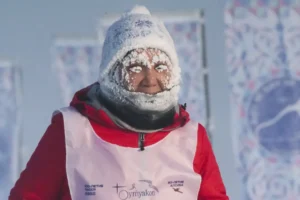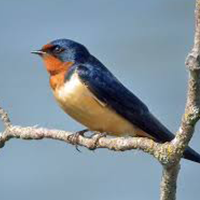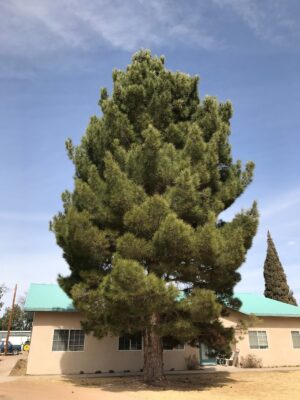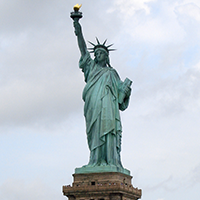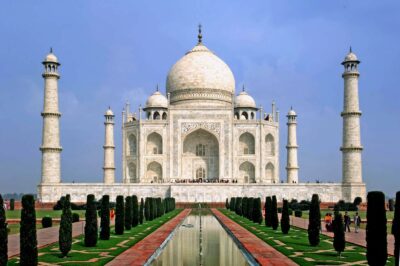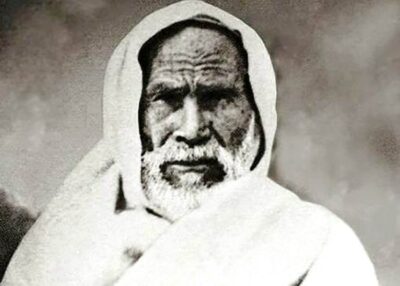Coldest Place on Earth
Have you ever wondered what the coldest place in the world is? Is it at the North Pole or the South Pole? Do people live there or what other reason would they have to map the temperatures? Well, given that Antarctica is the White Continent, perpetually cold and snow-covered, you might guess that the coldest place on Earth happens to be on Antarctica. And you’d be quite right to think so!
What is the Coldest Place on Earth?
Well, according to NASA, the East Antarctic Plateau is officially the coldest place on Earth. A high ridge on the East Antarctic ice sheet showed a record-breaking chilly temperature of minus 98 degrees Celcius (or minus 144 degrees Farenheit).
This was discovered by examining satellite data over several years, from 2004 to 2016. Before this, the ridge had shown temperatures like minus 93 degrees Celcius (minus 135 degrees Farenheit).
If these measurements are indeed correct, then this ridge would definitely be the coldest place on Earth. A cold desert, the very dry air and clear conditions contribute to these extreme cold temperatures. The precipitation in the East Antarctic Plateau is mostly of the frozen variety (rain is rare since the climate is so very dry). With barely any sunlight, the ice and snow builds up year by year, forming the Antarctic ice sheet. Even the sunlight that reaches these higher latitudes are so slanted and weak that they don’t have any effect against the ice. That’s part of why the inner reaches of Antarctica are so cold.
Of course, the East Antartic Platuea doesn’t have any permanent residents, although Dome Fuji and Dome Argus are located quite near the ridge where the temperatures were mapped.
If you were to ask which is the coldest permanently inhabited place on Earth, we’d have to point you towards Oymyakon village in Russia. The resident population is less than 500 and this village regularly reaches temperatures of minus 50 degrees Celsius (minus 58 degrees Farenheit). It was originally meant to be a watering spot for reindeer herders.
Temperature Range
Now that we know the lowest temperature of the East Antarctic Plateau, what is the average temperature like? What are the highs and lows? Most of this plateau lies at a height of over 10,000 feet but the coldest place is assigned to Ridge A, where the measurements were done.
The average annual temperature of the place is minus 70 degrees Celcius (minus 94 degrees Farenheit). Temperatures in the warmer months can fluctuate anywhere between minus 20 degrees Celcius (minus 4 degrees Farenheit) and minus 60 degrees Celcius (minus 76 degrees Farenheit).
What is Dome Fuji and Dome Argus?
Now that we’ve addressed the temperatures in this region, let’s address the human settlements (if we can even call them settlements) that exist here. Dome Fuji or Dome F is where Japan’s Dome Fuji research station is located. It’s the second highest summit of the East Antarctic ice sheet at 3810 meters (12,500 feet) above sea level.
Deep ice core drilling has been done at Dome Fuji and some of the oldest ice cores in the world have been discovered as a result of this. The second one unearthed ice that was 720,000 years old.
Dome Argus or Dome A, meanwhile, is the highest summit on the East Antarctic ice sheet at 4093 meters (13,428 feet) above sea level. It is officially designated as the coldest naturally occurring place on Earth. The Scott Polar Research Institute named the dome, after a character in Greek mythology. Argus was the man who built the ship Argo in which Jason and the Argonauts traveled in search of the Golden Fleece.
Dome Argus gets very, very little precipitation. It’s just about 1 – 3 cm (0.4 – 1.2 inches) of snow in a year. These clear conditions make it ideal to drill for ice cores here.
The Chinese government set up a weather station on Dome A in 2005. Since then, the Polar Research Institute of China has set up a robotic observatory called PLATO (Plateau Observatory) on the dome. In 2009, China’s third Antarctic research station, Kunlun Station was set up near Dome A. It’s only functional in summers but there are plans to build an airfield there.
How Do You Stay Warm in These Places?
Most of these stations are heated by diesel fuel. These heating systems need regular refueling and servicing since they’re essential for survival. The weather station on Dome Argus does have solar panels although these aren’t very effective in Antarctica (given that the sun doesn’t show its face for months on the White Continent).
People are now working towards using alternative sources of energy like wind energy to power these stations. The idea of green energy in Antarctica is an exciting proposition.
Top Five Coldest Places on Earth
It wouldn’t surprise you to know that the top three coldest spots on Earth are in Antarctica. Only after that does the rest of the world get to compete. After the East Antarctic Plateau (specifically Ridge A), the second coldest places are the Vostok Research Station and the Amundsen-Scott Station. Following in fourth place is Denali in Alaska and sitting pretty in fifth spot is the Klinck Station in Greenland.
The Vostok Research Station was set up in Antarctica by the Soviet Union all the way back in 1957. Recording low temperatures of minus 89.2 degrees Celsius, this place can also be very sunny. After all, during the summer months, the research station can enjoy around 22 hours of sunlight although the winters remain dark for months.
The Amundsen-Scott Station, situated on some of the southernmost points of Antarctica, gets exactly six months of sun and six months of darkness. Temperatures here can go down to minus 82.8 degrees Celcius but can also go up to minus 12.3 degrees Celcius (recorded on Christmas Day in 2011).
Denali or Mount McKinley in Alaska is 6000 meters above sea level and the highest mountain in North America. While that doesn’t get anywhere close to the highest peaks in the world, Denali has the distinction of being colder than them. The actual temperature falls to around minus 73 degrees Celcius but with the wind chill it’s around minus 83.4 degrees Celcius.
Finally, the Klinck weather station in Greenland registers temperatures as low as minus 69.6 degrees Celcius.
Conclusion
And that’s all that you need to know about the coldest place on Earth. I hope that this article was helpful and that you were able to get something valuable from it.
